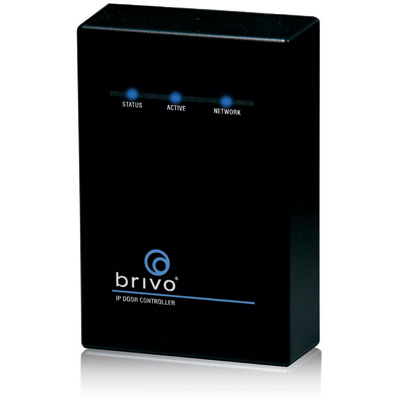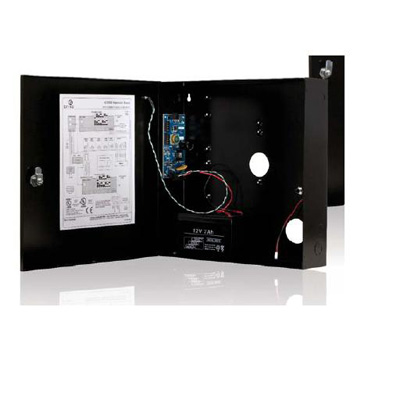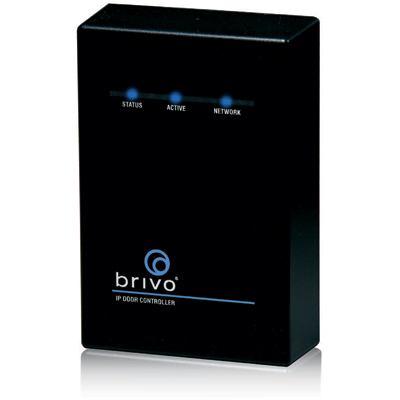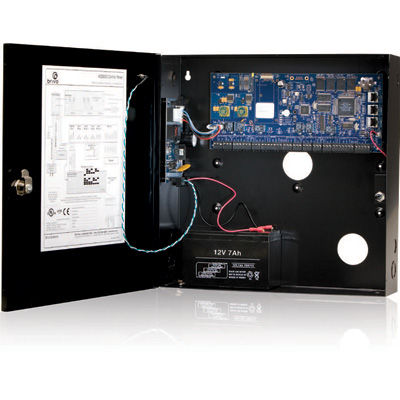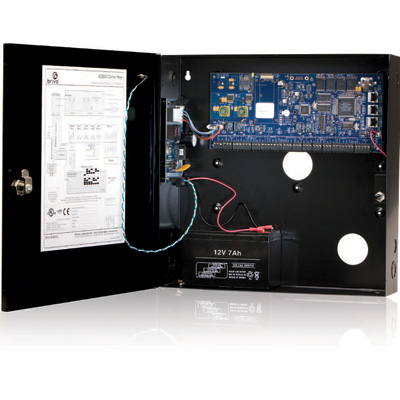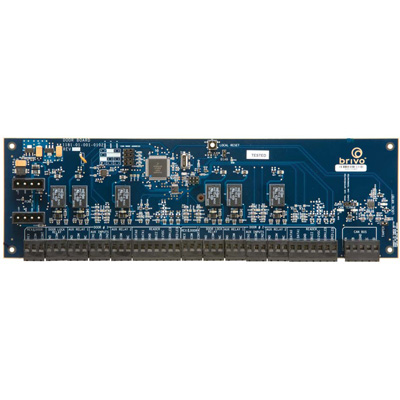In the dynamic landscape of physical security, biometric access controls have risen as beacons of innovation and reliability. The mere scan card or basic keycode has become obsolete. The growing tide of technological threats, coupled with the clamor for heightened security, has propelled biometrics to prominence.
From analysing the intricate patterns of an eye in top-tier research facilities to tracing the delicate ridges of a fingerprint in multinational corporations, the prowess of biometrics stands unchallenged.
However, like all pioneering technologies, it isn’t without its hurdles. Whether it’s grappling with the nuances of error rates or navigating paradigm shifts due to global events, veteran professionals face evolving challenges. This piece delves into the predicaments that industry frontrunners face and the ingenious measures they employ to surmount them.
The double difficulty: false positives and negatives
Biometrics is nevertheless prone to two interconnected issues: false positives and false negatives
Despite its cutting-edge precision, biometrics is nevertheless prone to two interconnected issues: false positives and false negatives.
These phrases, which are frequently used in security talks, describe the two sides of a coin that can have a significant impact on the efficacy of a biometric system.
The false positive dilemma
False positives happen when a biometric system allows access to an unauthorised person by mistake, mistaking them for someone who should have rightful access. This type of inaccuracy can be highly disastrous, especially in high-security areas.
Jeff Nielsen, the Chief Technology Officer (CTO) of Brivo emphasizes the importance of this issue by highlighting the potentially grave repercussions of mistakenly granting access, particularly in sensitive contexts. But it's not just in high-stakes situations; even in regions with low-security dangers, similar errors can erode the confidence of the entire system.
Convenience – the key factor in providing access control
“False positives certainly pose a huge potential problem in biometric systems. Depending on the security of the facility, consequences for allowing access incorrectly can be severe,” said Jeff Nielsen, adding “In other contexts (e.g., high-traffic areas with minimal security risks), convenience may be the most important factor in providing access control.”
Companies also need to understand the criticality of errors and tune these algorithms accordingly
He continues, “Companies need to understand the performance characteristics of the algorithm(s) they are using and what the potential error rate is for either false negatives or false positives.”
Companies also need to understand the criticality of errors and tune these algorithms accordingly. In a highly-secure facility, algorithms should be set up to err on the side of zero false positives, even if that means more false negatives.
Dealing with false positives and negatives
False negatives, on the other hand, occur when the system blocks access to a valid user by mistake, recognising them as unauthorised. This can disrupt operations and destroy user confidence.
While a false negative is less dangerous in a high-security context (better safe than sorry), it can be immensely inconvenient in more common situations.
Layered protection strategy
Seongbin Choi, the Head of Suprema R&D Center, recommends a layered protection strategy: the challenge of false positives and negatives could be solved by multi-factor authentication (MFA).
“Biometric information is extremely unique to each individual, especially when two or more types of credentials are combined,” said Seongbin Choi, adding “Suprema offers the largest variety of MFA credentials in the entire industry, being compatible with fingerprint, facial recognition, RFID card, PIN, mobile access, and QR code and barcode credentials.”
Biometrics provides new levels of security
High-security sites such as data centres could require a combination of two or more different kinds of credentials"
He continues, “High-security sites such as data centres could require a combination of two or more different kinds of credentials or could set up multiple access levels to ensure only authorised personnel can enter.”
While biometrics provides new levels of security, the issues of false positives and negatives serve as a reminder that no system is perfect. However, with ongoing technical improvements and the adoption of MFA, these issues are no longer insurmountable but rather catalysts driving the industry to perfection.
COVID-19 and biometrics
People now see and interact with the world quite differently than they did before the COVID-19 endemic, and biometrics is no exception. This international health crisis presented unforeseen obstacles, necessitating a reappraisal and modification of current biometric procedures.
The biometrics landscape before the pandemic
Access control systems formerly depended heavily on touch-based technologies, such as fingerprint scanning and RFID card readers, before the storm of the pandemic struck.
JJ Kim, Sales Director for the Overseas Market at KJ Tech, notes that employing contact readers for access control and time attendance was met with minimal resistance. Since physical contact hadn't been linked to any negative health effects at the time, people had a lot of faith in these systems.
Contactless biometrics
After the pandemic began, customers shifted to using only contactless biometrics"
JJ Kim said, “In fact, there are two kinds of situations. One is before the COVID-19 pandemic, and the other is during the endemic phase. Before the pandemic, customers used fingerprint and RFID card readers, which indicate they were not concerned about using contact readers for access control and time attendance.”
JJ Kim adds, “After the pandemic began, customers shifted to using only contactless biometrics. This changed the market landscape. Now, as the situation slowly recovers from the pandemic, some customers remain concerned and prefer not to use contact readers.”
Priorities change during the pandemic
The epidemic has caused people to be more cautious than usual. Once hailed as bastions of high-tech security, contact-based biometric systems are now vulnerable to viral propagation hubs. Customers’ preferences clearly shifted toward contactless biometrics.
The new standard places more importance on physical separation, ushering in a period of increased reliance on biometric identification techniques such as face recognition.
The shift to biometrics after a pandemic
Businesses have begun developing novel approaches, such as hybrid options
Although the pandemic’s worst is over, it still has lasting effects. Users’ reluctance to utilise contact-based systems persists. As a result, businesses have begun developing novel approaches, such as hybrid options.
JJ Kim recommends a strategy of combining contactless features like facial recognition with more conventional approaches. Incorporating AI into these post-pandemic biometric systems not only makes them safer from a health perspective but also makes them more cutting-edge and trustworthy from a security one.
Final word
In the ever-changing world of physical security, biometric entry controls have become a model of creativity and dependability. Even though they are the most effective, they have problems, such as high mistake rates and effects on the global health disaster. Notably, the tug-of-war between false positives and false negatives shows how much better technology is needed.
Multi-factor identification is one answer that looks promising. The COVID-19 outbreak changed biometrics even more, shifting the focus to wireless solutions and making it clear that we need flexible, mixed systems. As the world deals with these problems, one thing stays clear: even though no system is perfect, the drive for perfection keeps the industry moving forward.




